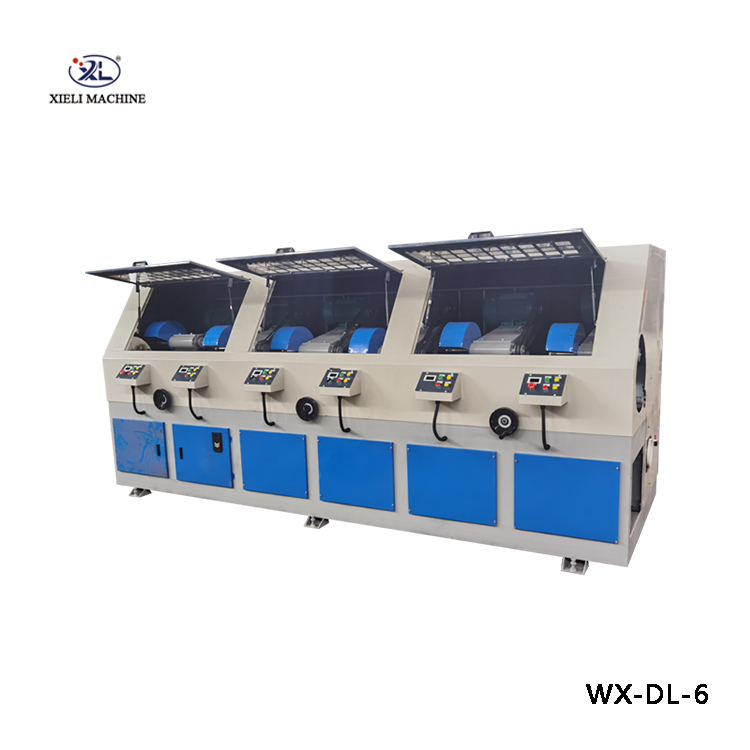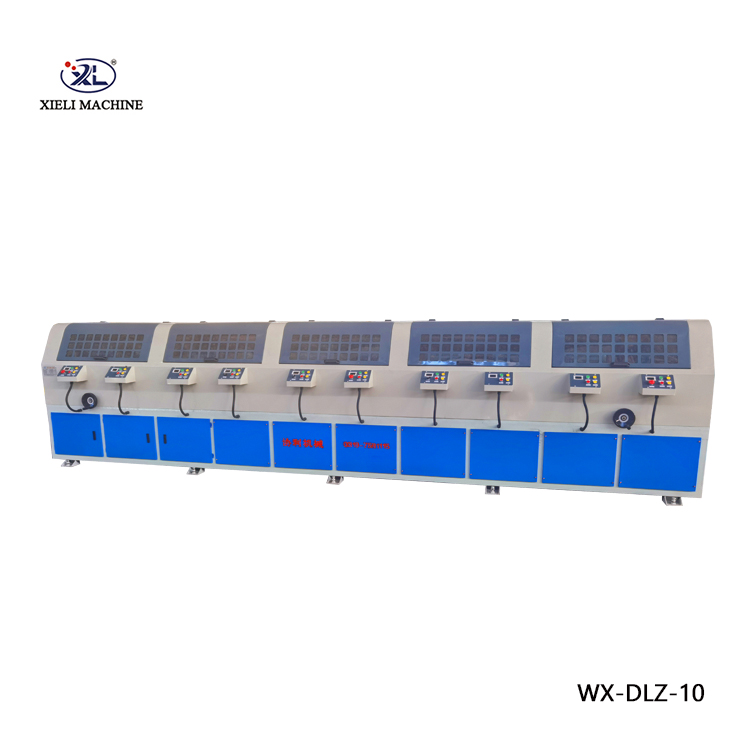For More Details Pls Contact Us
Fiberglass Reinforced Plastic (FRP), also known as fiber-reinforced plastic, is a composite material widely used across various industries.
Select The Product You Need

New stainless steel pipe round rod polishing machine

Auto Steel Pipe Tube Outer Wall Polishing Machine
Follow Our Blog